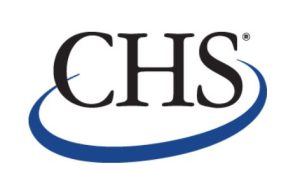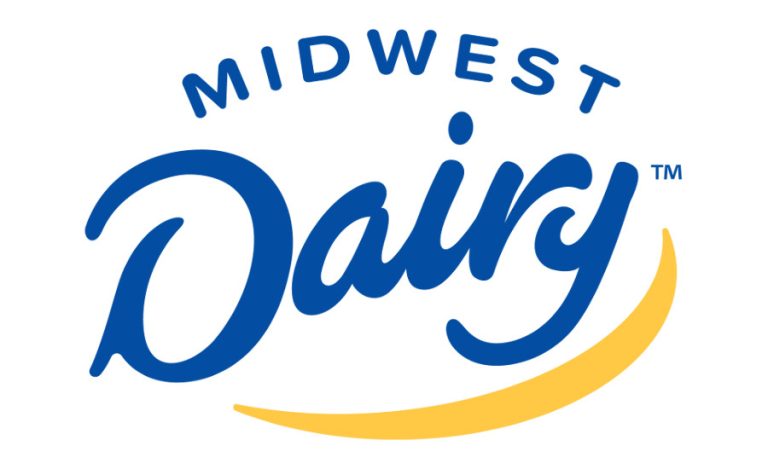IARN — Fall is a great time to add nutrients like phosphorous back into the soil.
Growers know how important phosphorous is to their crops, but they may underestimate the amount of phosphorous that needs to be replaced every year with fertilizer. Steve Carlsen is the Director of Proprietary Products with CHS Agronomy. He talks about why phosphorous is important and how much growers should put back into their soil.
“When you look at some of the processes that are really tied to phosphorus, it’s really that key nutrient, and we see it with energy storage and transfer of ATP and the energy throughout the cell and that plant are really important. The other thing is that when we don’t have that adequate level of phosphorus, it can really limit us in terms of that plant’s growth potential, and also, in turn, lead to that yield reduction as well. It’s really important to start looking at as we get closer to harvest, what are we really taking off with that grain. We know roughly for corn; it’s about .35 pounds of P are taken off for every bushel of grain that we take off of that field at harvest time. Phosphorus removal on soybeans is even a bit more intense; it’s right about .74 or .75 pounds per bushel. As we get ready for harvest time, start taking a look and getting those estimates of our yield, I think it’s really important to look at some of those removal rates and what we’re taking off with that grain.
“The first one that I think is really important for growers and agronomists to look at is making sure that we’re embracing and utilizing soil testing. T hat’s our game plan for that coming season and I’ve used that soil test to really understand those relationships we just talked about. It gives you an idea of what we’re dealing with for the soil conditions, whether it’s pH, organic matter, CEC, that really dramatically affect our availability. But then it also provides that insight into what do we have in that soil there in terms of available P and also those micronutrients that have that interaction where it’s typically a little bit more negative with phosphorus. We can use Grid Sampling, really intensive on a per-acre basis, where we really start honing into the details of that field. We can use zones’ composite samples to get a bigger snapshot of what we’re dealing with. Soil testing is a great tool to utilize and really get things started.”
Carlsen talks about when growers should be thinking of adding phosphorous to their fields.
“Fall is a great time to look at placing phosphorus in that field. Again, that information is fresh, we’re typically chasing that combine doing our soil testing, we’re looking at those yield maps, seeing what we’re hauling off, so we can do a lot of that information to help make that decision right as we’re taking off. The other nice thing when we look at that fall application is the time aspect. If we have weather that’s totally cooperating, it allows us to get that jumpstart and get that P on that field sooner ahead of the springtime, where weather might not always be cooperating. The other part that I like personally is by doing that fall application of phosphorus, I’m really incorporating that into soil and into that field sooner. It has the ability to get mixed in with the soil, has the ability to get further into that root zone, and just be part of that field at a sooner date.”
Growers can use chelation to increase plant phosphorous uptake.
“This is one of the great tools that I think that growers and agronomists can really start looking at a little bit closer in terms of unlocking greater efficiency. Chelation is a fairly simple process, and what it really helps do is break down a lot of those bonds that formed between phosphorus and those micronutrients within the soil. It really allows for that greater availability because you just don’t have that tie up interaction. How can we get more out of that application and drive greater efficiency? One of the best ways we can Trivar, and that is a ortho-ortho EBTHA chelate that can go right with that fall phosphorus that you’re applying. So, this is really a great way to help increase the overall efficiency and availability of that P as you put out that application and get more out of your inputs.”
To learn more about fall fertility and the value of phosphorus, visit www.chsagronomy.com or contact your CHS Agronomy representative today.
(Story by NAFB)
Story reprinted courtesy of the Iowa Agribusiness Radio Network.
Image courtesy of CHS













